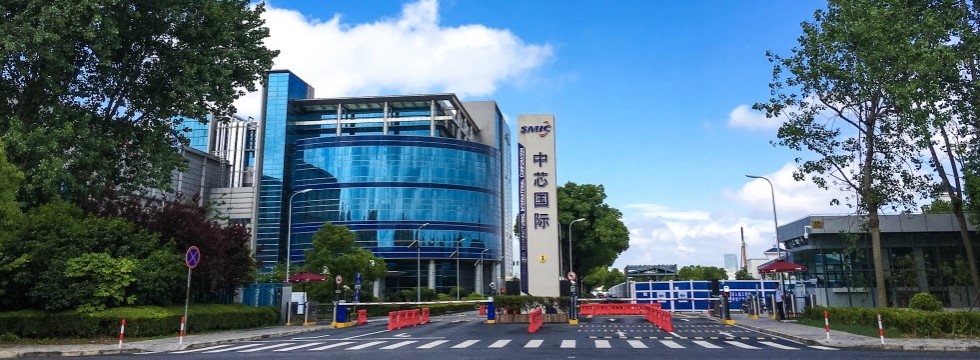Semiconductor Manufacturing International Corporation (SMIC) the largest chipmaker in China recently released its unaudited financial report for the fourth quarter of 2022.
As per the report, SMIC revenue for 2022 crossed $7.2 billion, which is a 34% increase YoY. The gross margin increased to a record high of 38%. The company has reported an annual growth rate of more than 30% for two consecutive years, 2021 and 2022. The company said that mobile phone wafers accounted for 27% of its total wafer revenue and by the end of 2022, it was able to increase its monthly capacity for 8-inch wafers to 714 thousand units and an annual capacity utilization rate of 92%.

Despite the crushing sanctions by the US on China’s semiconductor industry and a downward economy, the company was able to create record sales in 2022. However, the management has predicted a bleak future as the semiconductor industry cycle is still at the bottom and there are too many complex external factors including the ongoing US-China tech war that can adversely affect the semiconductor industry.
For the first quarter of 2023, the company is expecting a steady decline of 10% to 12% in revenue. The gross margin projection stands at 19% to 21% which is almost 19% lower than the previous year. Annual revenue for 2023 is expected to decline by a low-teens percentage year-over-year, and the gross margin is expected to be around 20%.
What is the Future of SMIC?
SMIC and its subsidiaries are one of the leading semiconductor foundries in the world and are the front-runners in manufacturing capability, scale, and comprehensive services in China. The company provides semiconductor foundry and technology services to global customers on 0.35 micron to FinFET process node technologies.
SMIC is currently in the expansion phase and is making continuous high investments to increase its production capacity. The company’s capital expenditure stood at $6.35 billion in 2022. By the end of the year, the company had started production in its Shenzhen plant and had entered into a pilot production phase in the the Jingcheng factory. SMIC has already completed the construction of the main fab shell at the Liangang plant and has started the construction work for the new factory at Xiqing.
US-China Tech War: Its effects on SMIC
The mass production at SMIC Jingcheng is postponed by a couple of quarters due to a delay in getting bottleneck equipment. Though the company has not stated the reason for the delay, experts speculate that the ongoing US sanctions have made it difficult for the company to acquire important semiconductor manufacturing machines.

In 2020, the US added SMIC and other Chinese semiconductor companies to its Entity List, which is basically a US trade blacklist. From 2020 to date, Washington is trying to desperately stop China’s advancement in the semiconductor industry as it fears that the Asian tech giant would become a global leader in fields like Artificial Intelligence, military, and quantum computing. The Biden administration, not only stopped US companies from exporting technology, equipment, personnel, and ancillary services to China’s semiconductor companies, but also roped in allies like Japan and Netherlands to boycott the Chinese chipmakers.
China is the world’s largest semiconductor market and accounts for almost one-third of global sales. The semiconductor industry plays a vital role in the country’s technology sector and accounts for almost 30% of the GDP. However, the country is not self-sufficient in this field, as it is heavily dependent on foreign nations for advanced technology and equipment.
Though SMIC competes with global leaders like TSMC Taiwan and Samsung of South Korea, it is still generations behind when it comes to technology. SMIC is now working on research and development and expansion of its factories to overtake its competitors. The company has invested $197.5 million in just the fourth quarter of 2022 in research and has reported a 14.7 % YoY increase in R&D expenditure.
- South Korea Caught in the Middle of US-China Tech War: Chip Sale down by 50% in January
- China Holds its Spot as the Largest Semiconductor Market in 2022
- China Reacts Strongly Against US’ Plan to Boycott Huawei
- Best of CES 2023 – Wireless TVs, Urine Sensor, Smart Desk, & More







